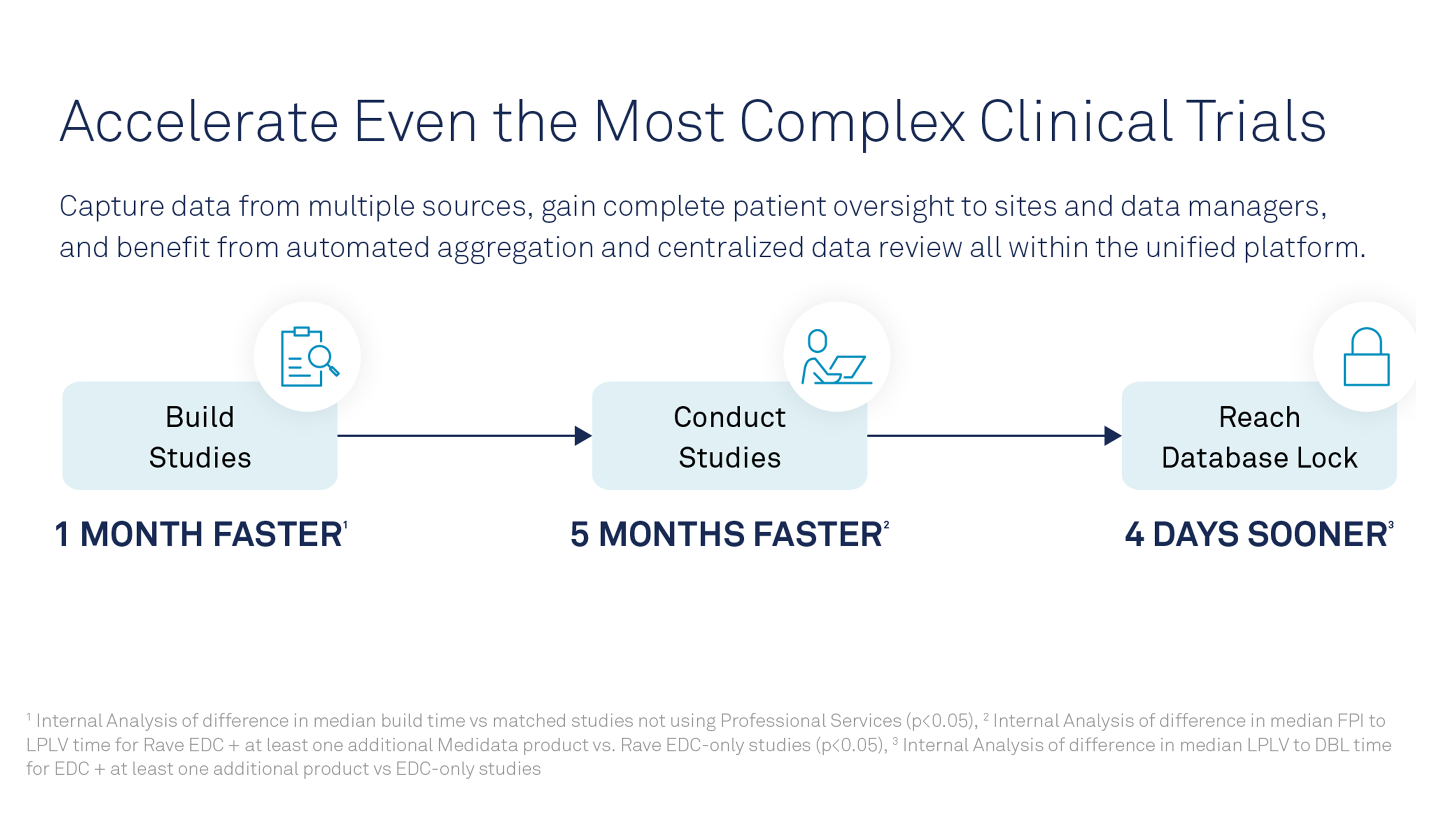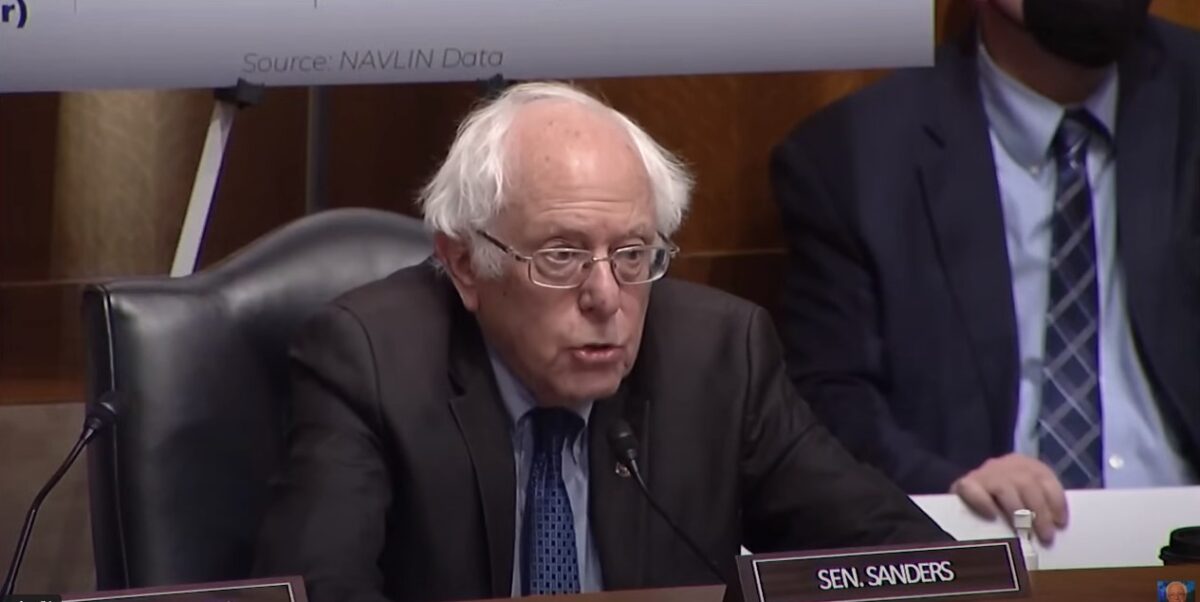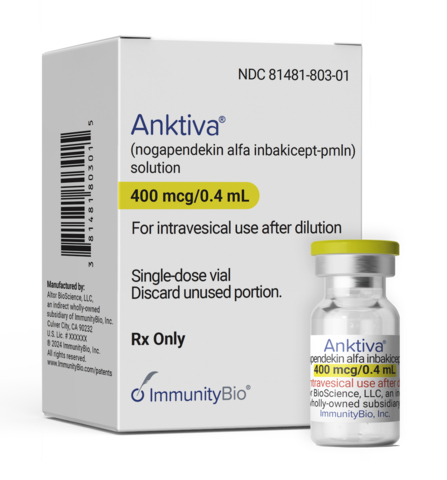A US Food and Drug Administration (FDA) advisory committee has unanimously agreed that the oral form of the decongestant phenylephrine, found in many common over-the-counter (OTC) oral cold medications, doesn’t work.
Phenylephrine is found in common cold and flu medications like Sudafed PE, Nyquil, Dayquil, Benadryl, Mucinex and Tylenol.
The advisory panel’s conclusion was made at a Nonprescription Drug Advisory Committee (NDAC) meeting that occurred September 11-12, 2023, which the FDA said was held to discuss the effectiveness of oral phenylephrine as an active ingredient in OTC cough and cold products indicated for the temporary relief of congestion, both as a single ingredient product and in combination with other ingredients.
The advisory committee came to its unanimous agreement in a 16-0 vote after reviewing data that showed phenylephrine did not perform better than placebo in providing congestion relief when taken orally.
The advisory committee’s discussion and recommendations only apply to oral drugs containing phenylephrine, and not any nasal spray forms. Phenylephrine-containing nasal sprays will not be affected by any possible actions taken for phenylephrine in orally administered products, such as tablets or capsules. The drug is still effective for use to dilate the eyes and for use in surgery to treat low blood pressure.
The FDA hasn’t announced whether it will take any particular actions against drugmakers selling oral medications with phenylephrine, but it is expected that a ban against them could be a possibility.
Related: FDA Warns About Compounded Versions of Ozempic and Wegovy
Phenylephrine is used as a nasal decongestant, a vasopressor to elevate low blood pressure and to dilate the pupils. As a nasal decongestant, it works by constricting blood vessels in the nasal passages to reduce swelling and congestion. The FDA committee concluded that when phenylephrine is taken orally, enough of it doesn’t reach the nasal passages to have an effect.
If a sweeping ban is instituted, companies would have to remove their phenylephrine-containing cold and flu meds from shelves and reformulate them without it.
Shortly after news circulated about the advisory panel’s findings, the FDA issued a statement to clarify the panel’s conclusions, saying that “neither FDA nor the committee raised concerns about safety issues with use of oral phenylephrine at the recommended dose.” It appears the FDA had to make the clarification as concerns about its safety may have been raised. So, while phenylephrine may not work as a decongestant, the agency says it is still safe.
Phenylephrine came under the FDA’s radar around 2007 when its popularity spiked following a restriction on another oral decongestant, pseudoephedrine, in 2006. The restriction was made because pseudoephedrine can be used to make the stimulant methamphetamine (meth). Products containing pseudoephedrine can still be purchased OTC but they are often locked away or behind store counters. There are also limits on the number of pills that can be purchased. This restriction led to a surge in phenylephrine-containing products.
The NDAC made its first conclusion on the ineffectiveness of oral phenylephrine in a 2007 review. Following this, four studies showed that the compound was ineffective when taken in pill form; however, questions were raised about how those studies were conducted.
Questions about phenylephrine’s effectiveness in oral form are not new. Studies since the early 1970s suggested that it didn’t work when taken as a pill; however, concerns have been raised about the validity of those studies with respect to endpoints that weren’t always rigorous or consistent across studies.
Fast forward to this month, data from three recent large-scale studies appear to be sounder and more credible. Peter Starke, who led the FDA’s early review of phenylephrine, said to the committee that while they believe the original studies were “methodologically unsound and do not match today’s standard,” the new data “are credible and do not provide evidence that oral phenylephrine is effective.”
Phenylephrine isn’t the only drug being put under today’s microscopes. Due to history and policy changes, the FDA is conducting an ongoing process of reviewing drugs that came onto the market before its current efficacy standards took effect. This means many older drugs are still being sold today without any evidence that they are effective.
According to a Vox report, before the 1930s, the FDA didn’t require proof of safety for any drugs. The only requirement was to have a label that detailed what was in the bottle.
It took the sulfanilamide tragedy, which involved more than 100 deaths due to a drug formulation that included the toxic compound diethylene glycol, to lead to the passage of the Food and Drug Act in 1938, which was the first time drugs were required to be safe. And efficacy wasn’t a requirement until the Kefauver-Harris Amendment, or the “Drug Efficacy Amendment,” was passed in 1962 in response to the thalidomide tragedy in which thousands of women who took thalidomide for morning sickness during pregnancy gave birth to babies with birth defects.
This means that drugs that have been on the market since the 1960s may be safe (depending on the indication and population they’re indicated for) but not necessarily effective.
Phenylephrine is an old drug — it has been available OTC in pill form since the 1930s. And many of the studies done on it were conducted before the 1990s, raising concerns about their methodologies to assess effectiveness.
There are currently around 250 products on the market that contain phenylephrine. Together, they amounted to $1.8 billion in sales in 2022, according to the FDA.












Join or login to leave a comment
JOIN LOGIN